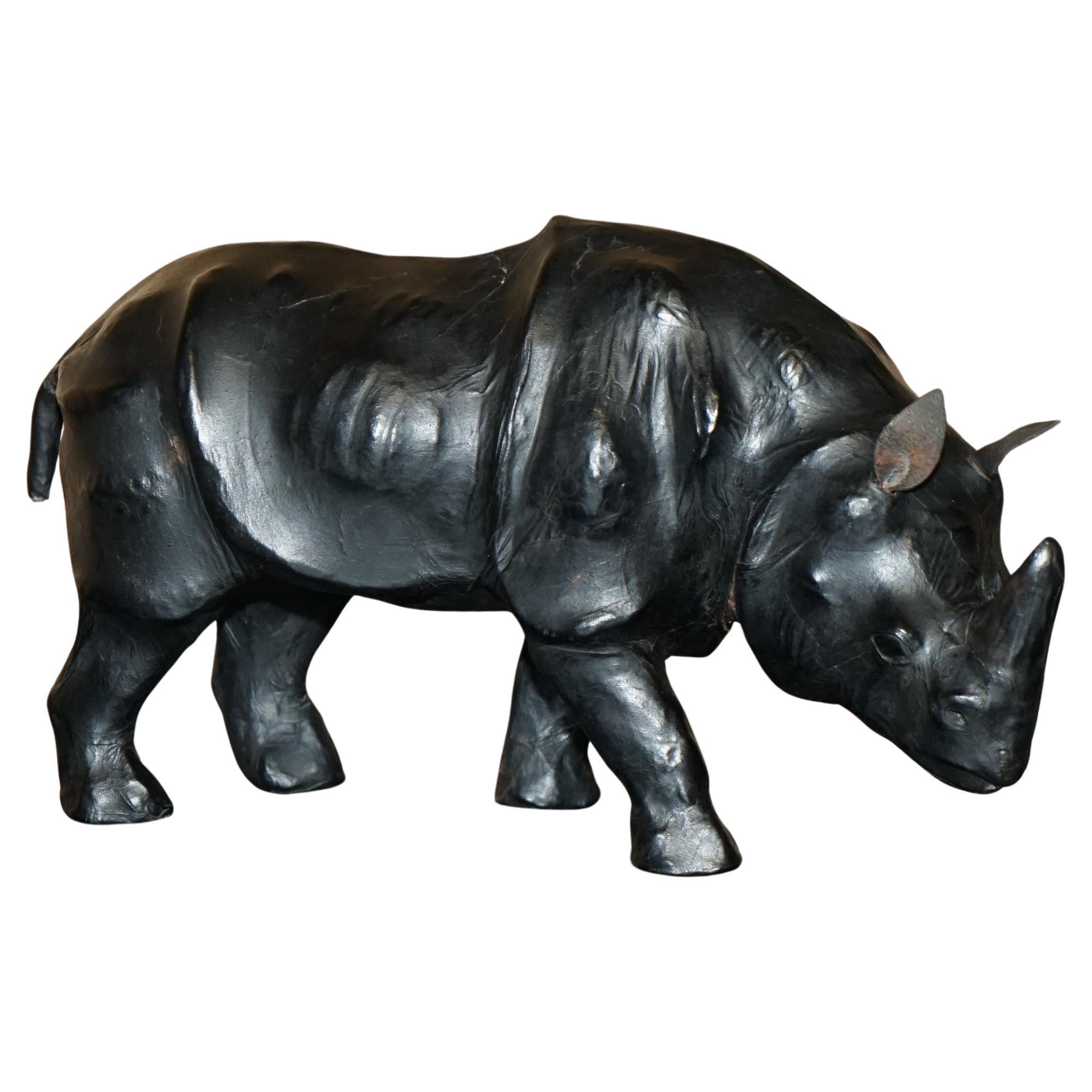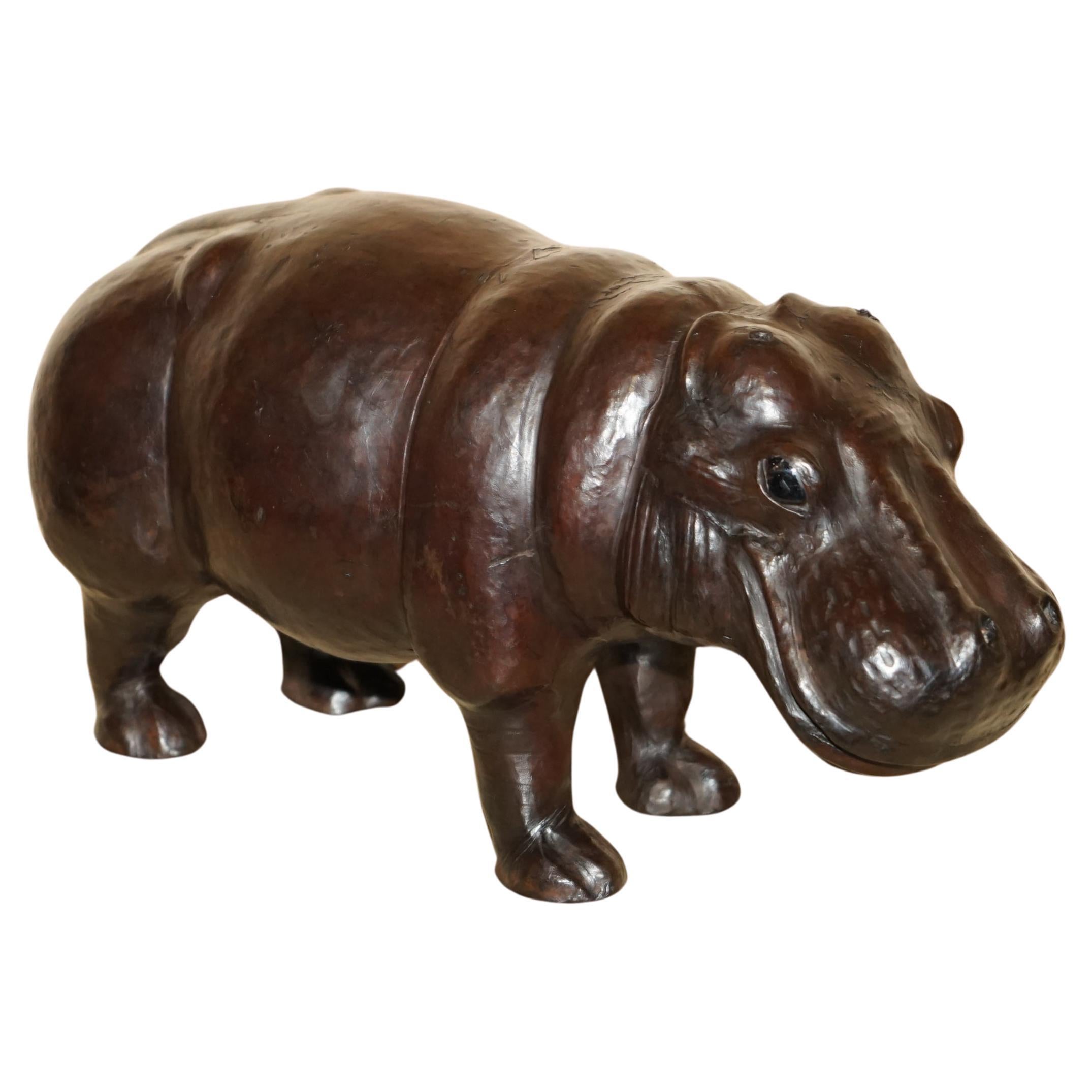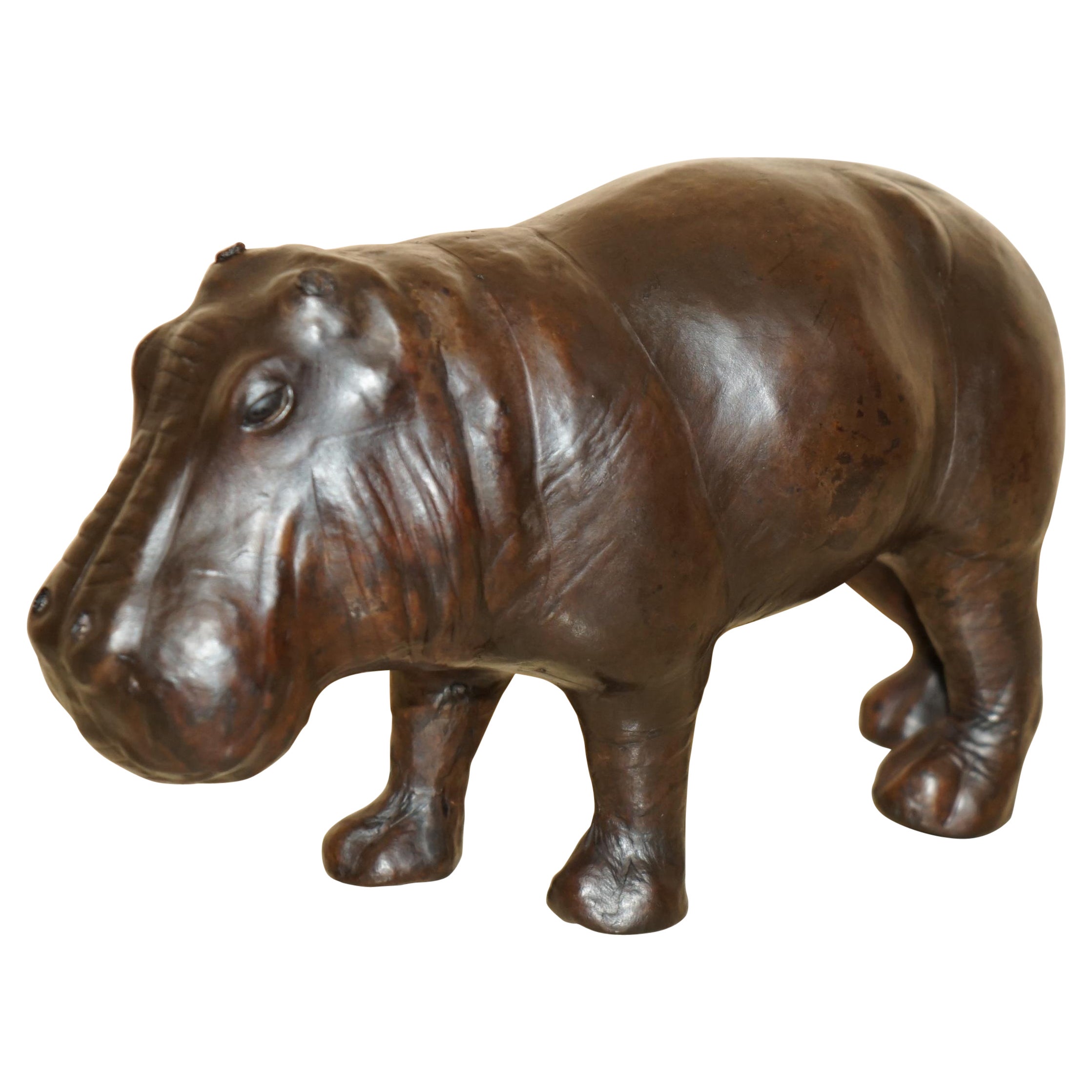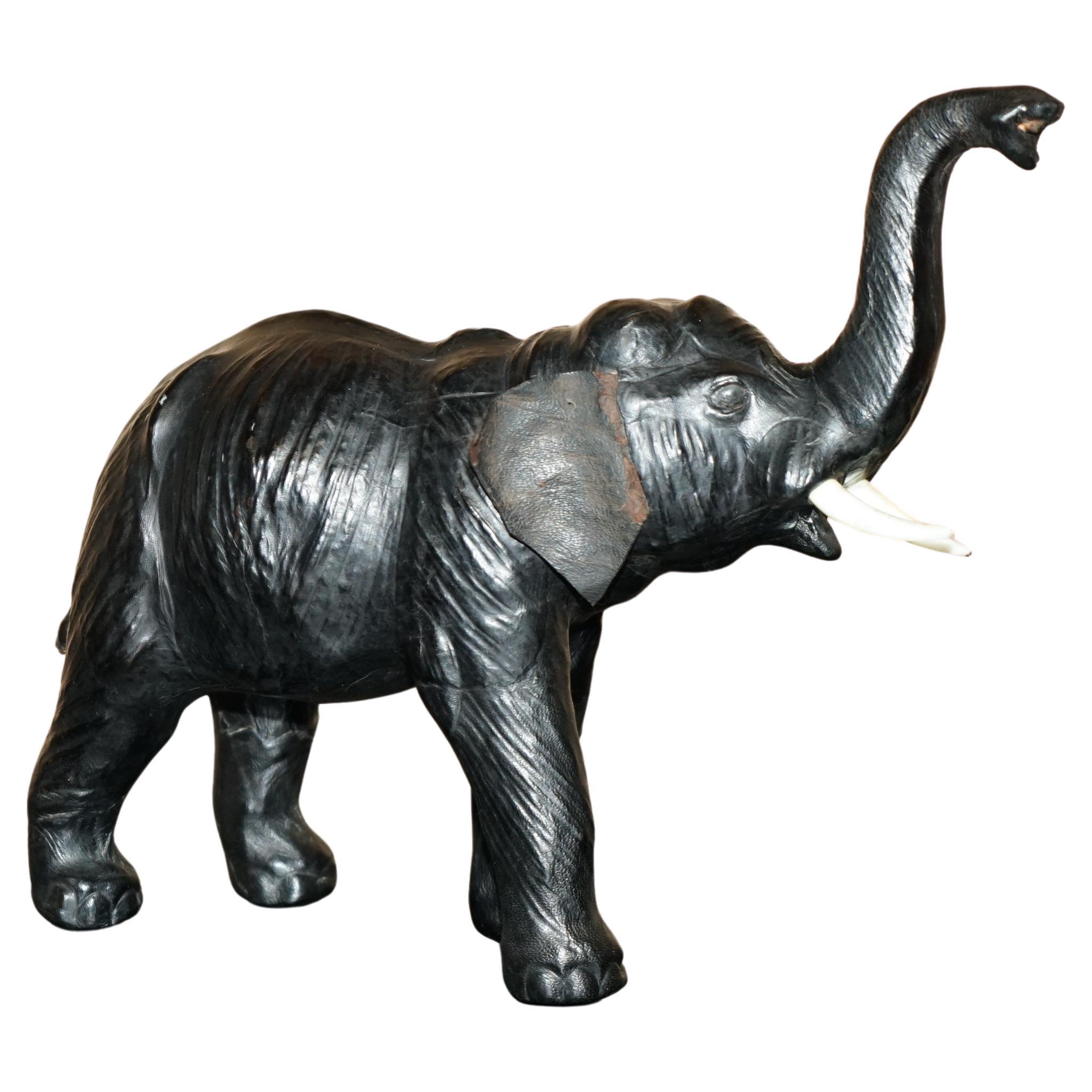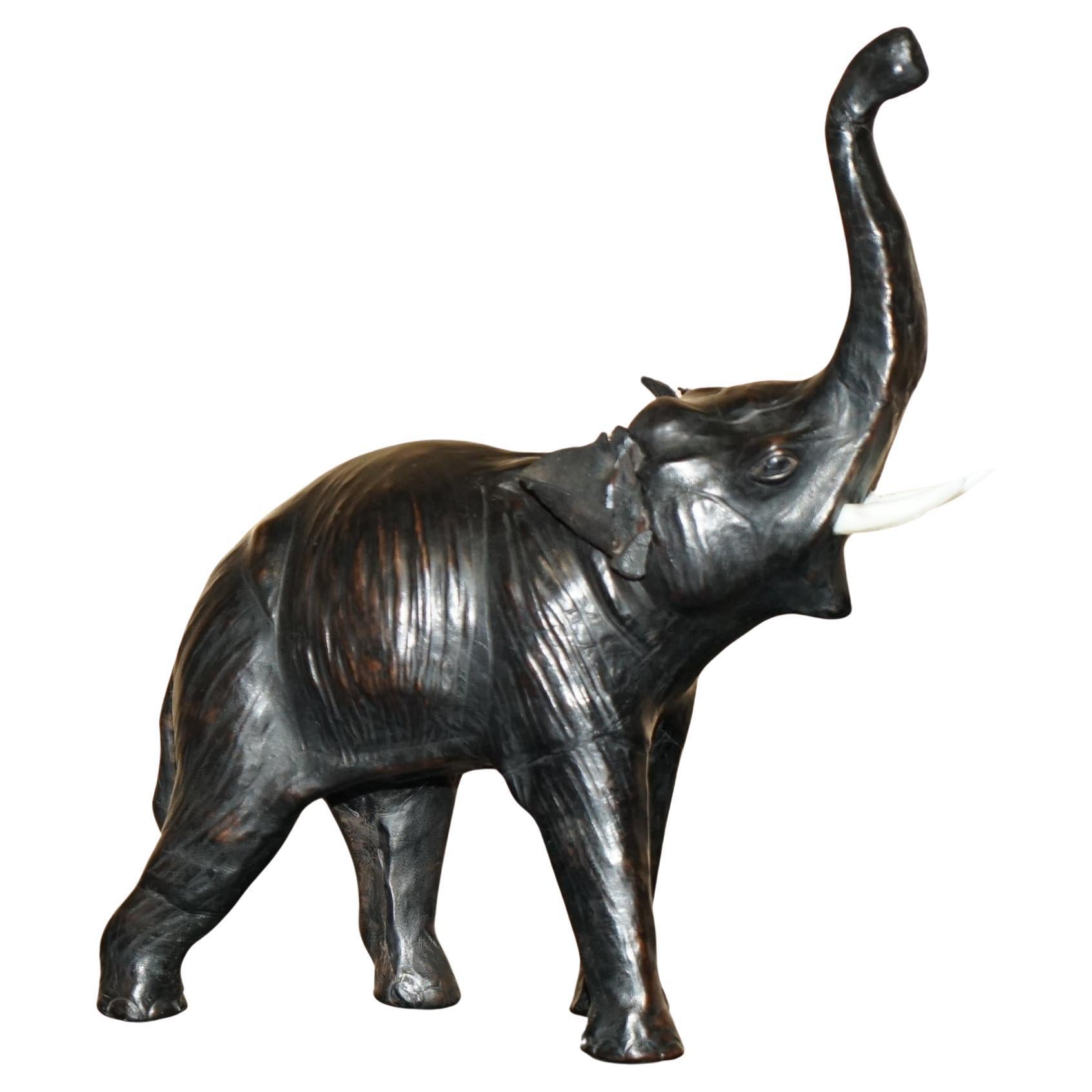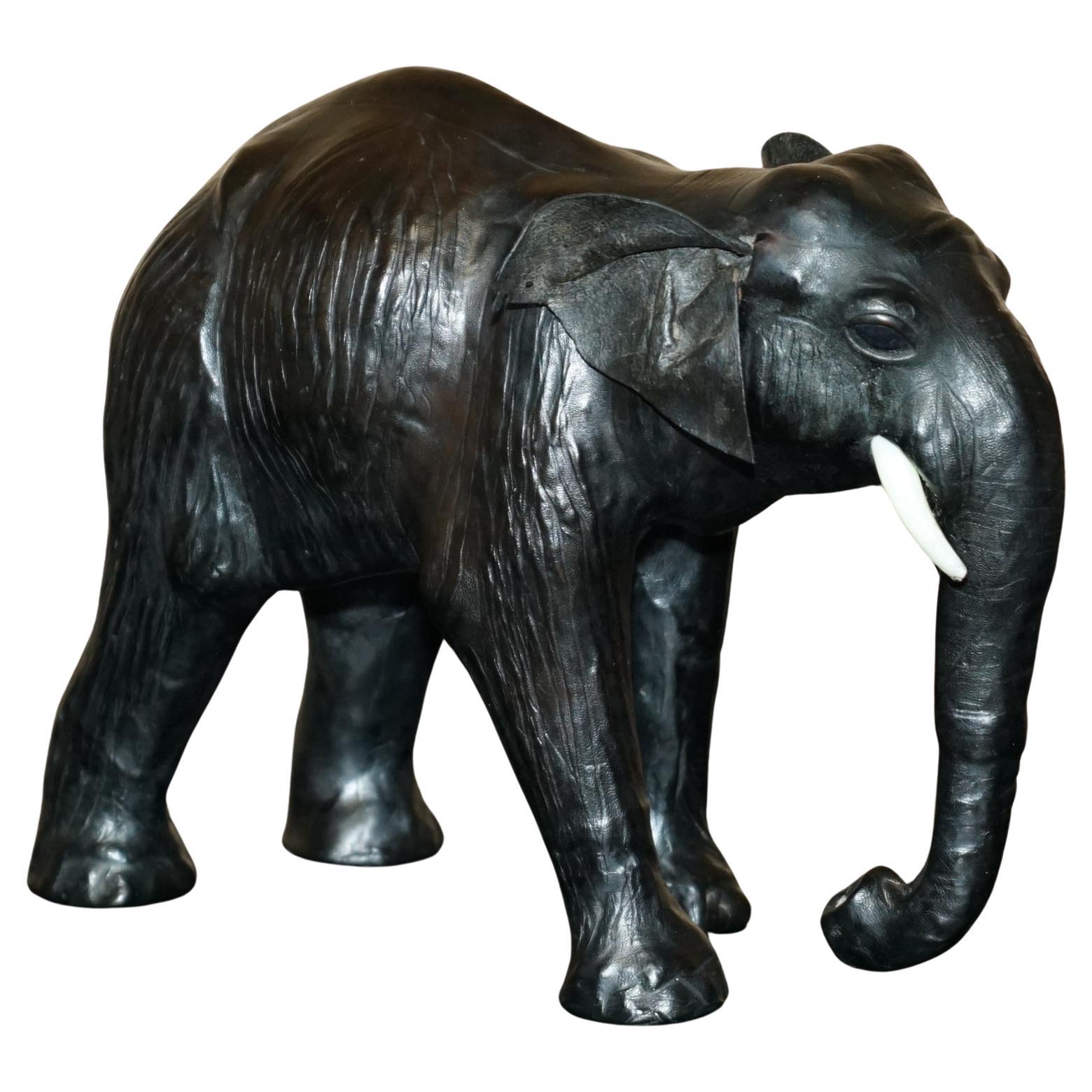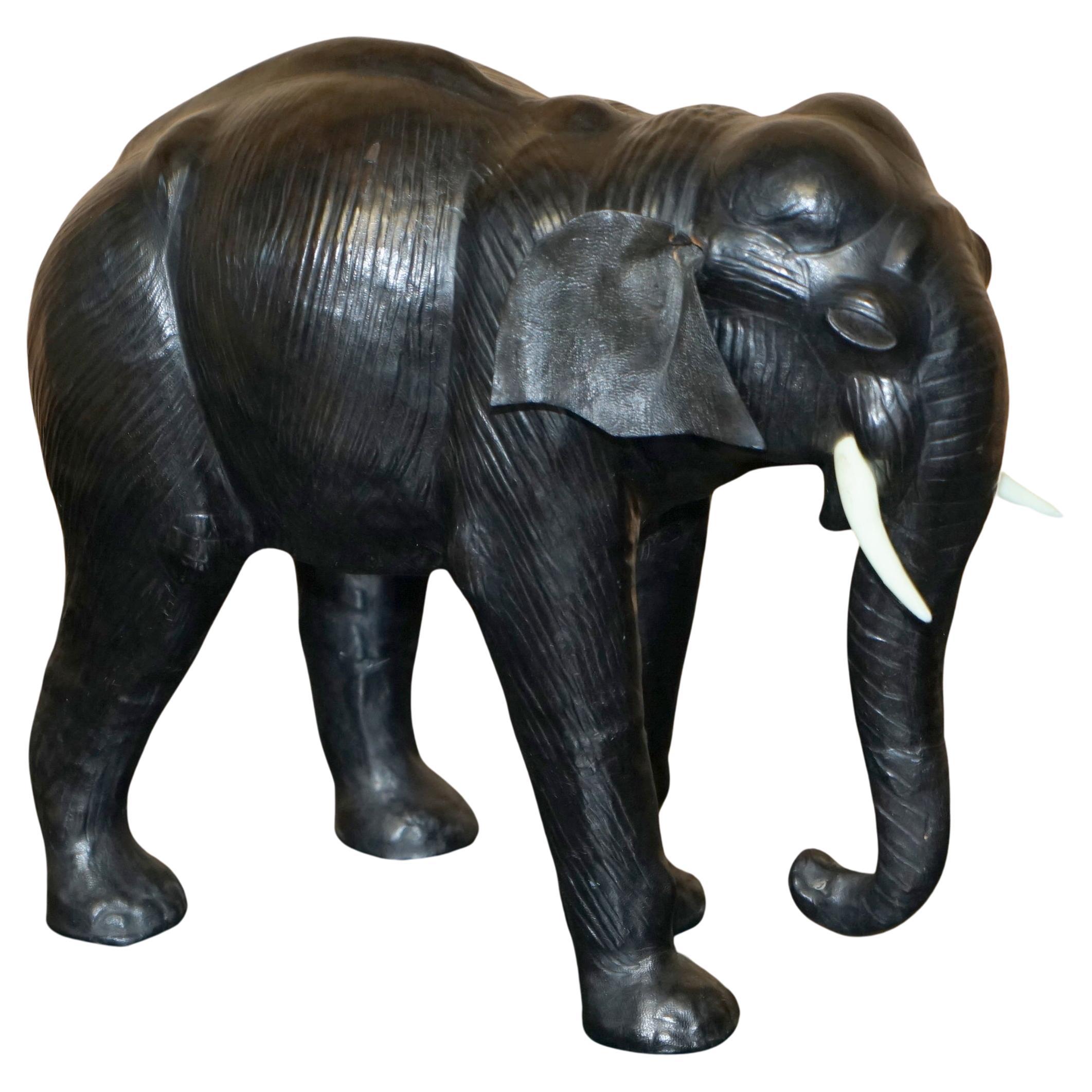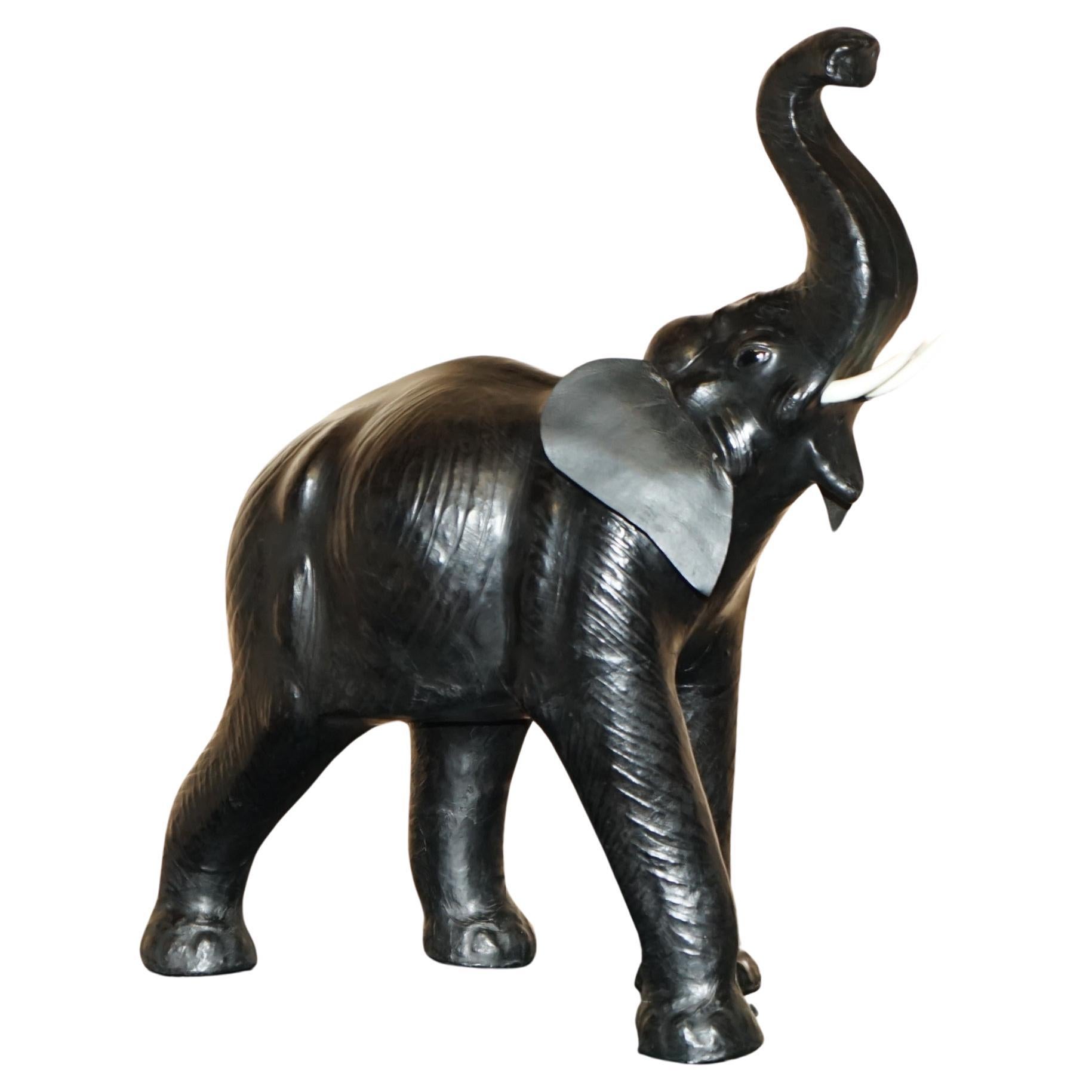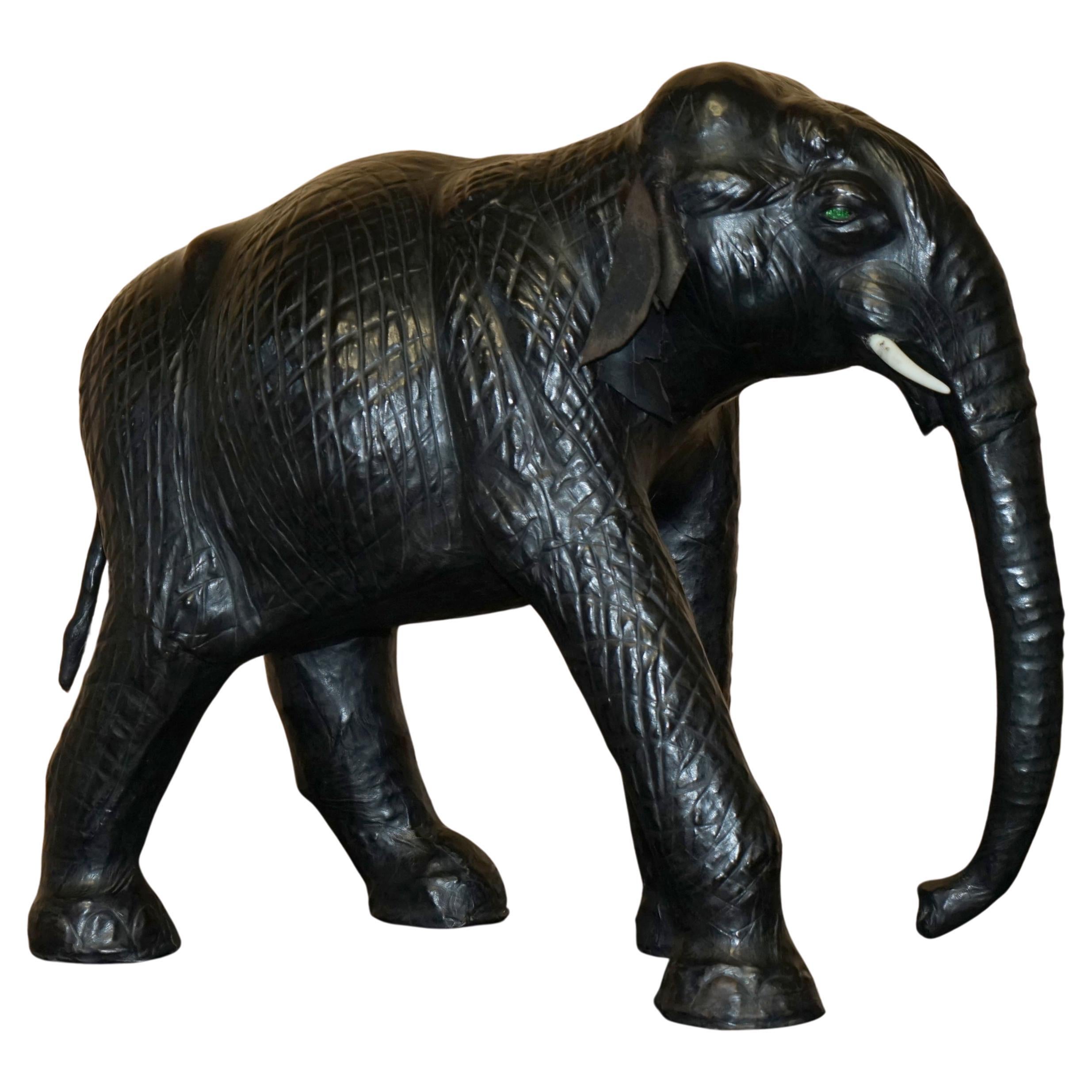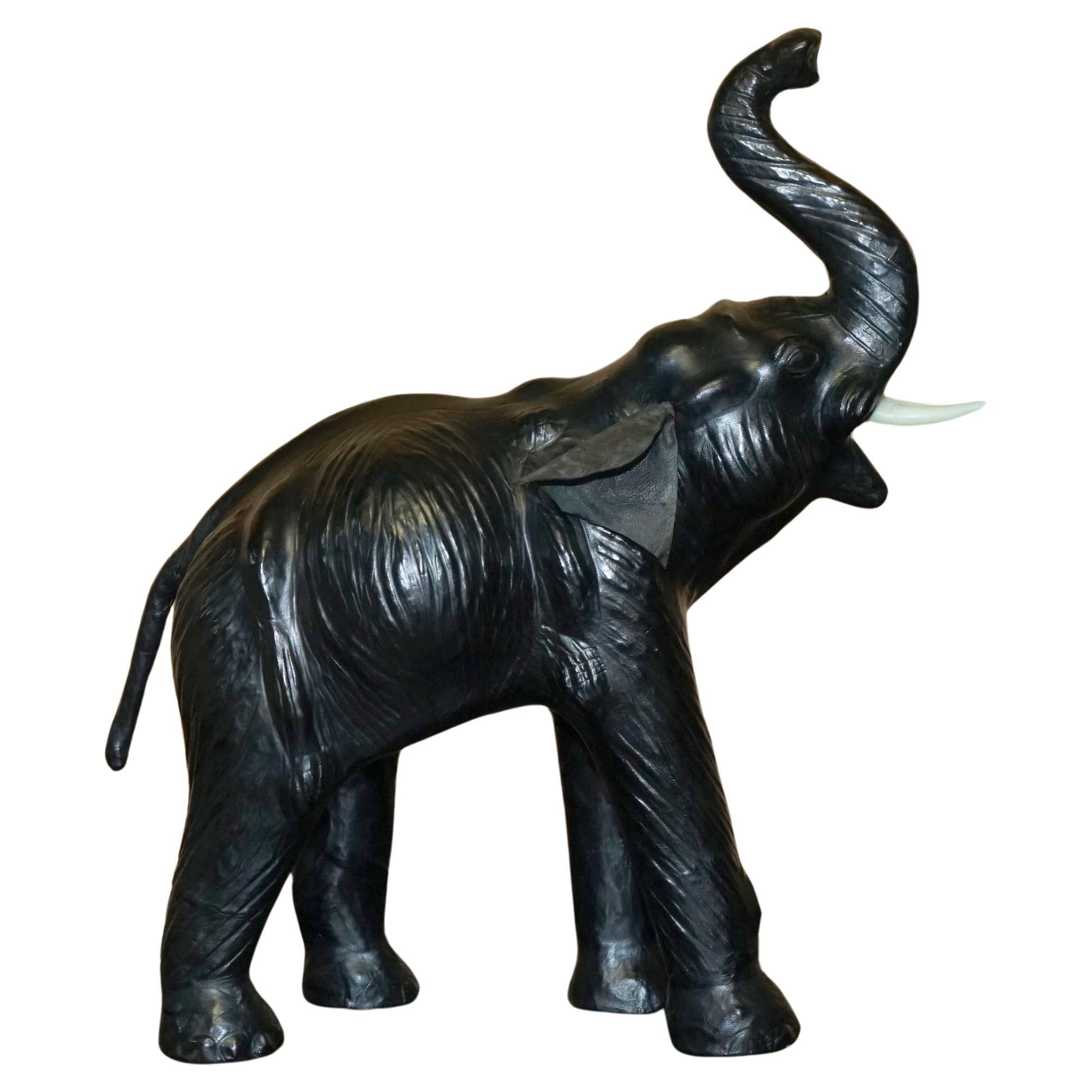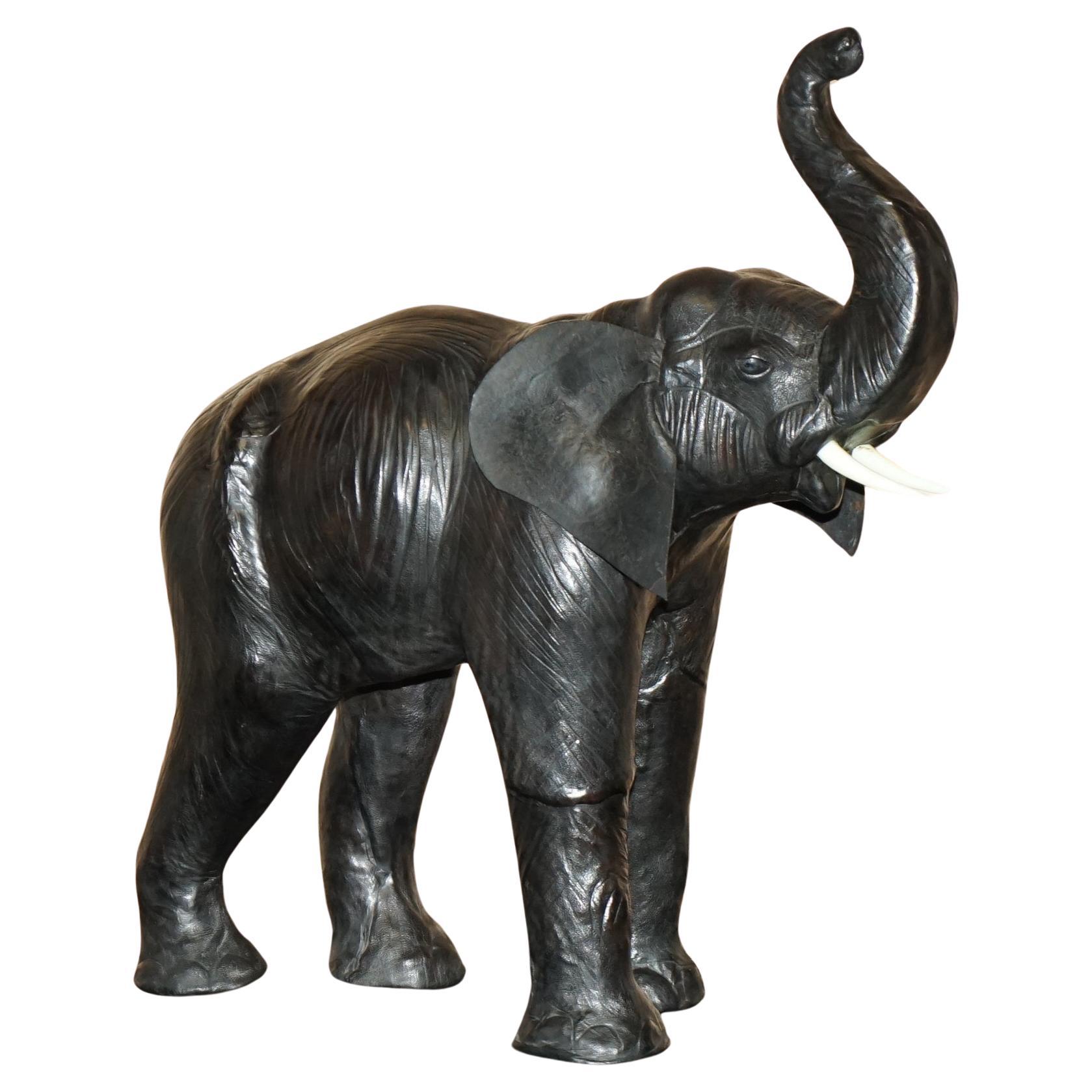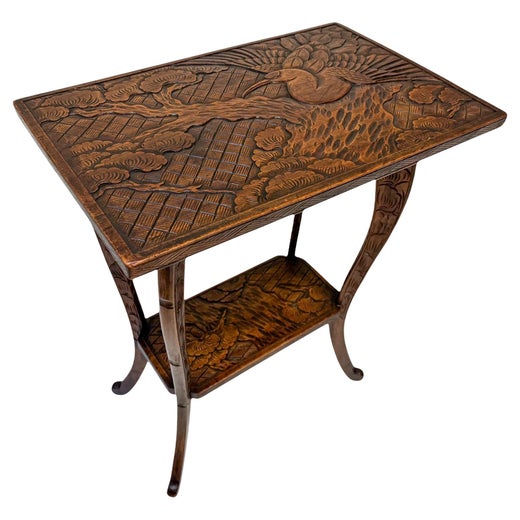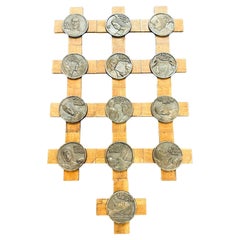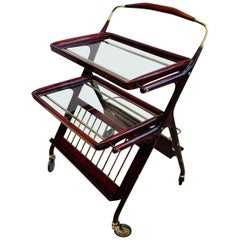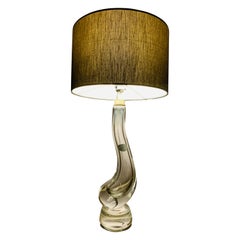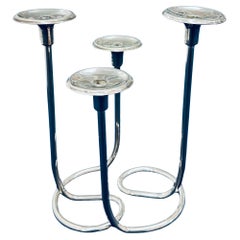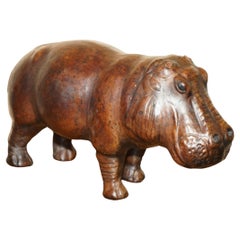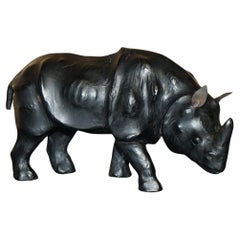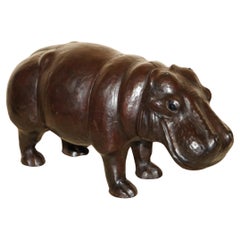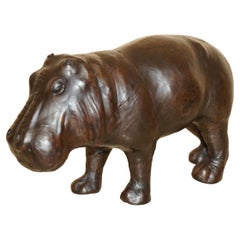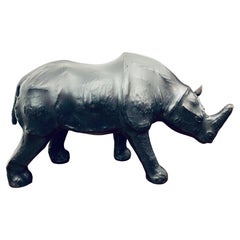
1950s Hand-Dyed Leather Liberty’s of London Rhinoceros Footstool or Ornament
View Similar Items
1950s Hand-Dyed Leather Liberty’s of London Rhinoceros Footstool or Ornament
About the Item
- Creator:Liberty of London (Manufacturer)
- Dimensions:Height: 11.03 in (28 cm)Width: 19.69 in (50 cm)Depth: 7.49 in (19 cm)Seat Height: 11.03 in (28 cm)
- Style:Mid-Century Modern (Of the Period)
- Materials and Techniques:Leather,Dyed
- Place of Origin:
- Period:
- Date of Manufacture:1950s
- Condition:Wear consistent with age and use. Minor losses. Minor fading.
- Seller Location:London, GB
- Reference Number:1stDibs: LU2660326437572
Liberty of London
The Liberty of London department store, located in the fashionable west end of London in the United Kingdom, has been selling luxury items since 1875. From leather footstools in the shape of a hippo to elegantly hand-carved Moroccan coffee tables, there’s something to please every discerning collector. And while it became a reputable retailer over time, the original Liberty & Co. was a pivotal force in the development of the Aesthetic, Art Nouveau and the Arts and Crafts movements. As the champion of eclectic design throughout the centuries, Liberty continues to collaborate with designers to produce covetable interior fashion and accessories.
Arthur Liberty was born in 1843 in Buckinghamshire, England. His father, a draper, encouraged him to apprentice as a draper at age 16. Instead, he took an offer to work at Farmer and Rogers, a women’s fashion store. After ten years, he decided to strike out on his own. In 1875 he borrowed money from his father-in-law and leased a small store on the very prominent Regent Street, naming it the East India House.
Liberty’s store was very eclectic. It served as an emporium for Eastern imports, with a wildly varied collection of ornaments, fabrics and objects d’art — including imported antiques — on offer. In London, there was already a demand for and an interest in imported goods from India and elsewhere, so his business concept was an immediate success. He repaid his loan in less than two years and continually expanded by buying up all the buildings on his side of the street. His company was so successful that even the original Victoria and Albert Museum purchased Eastern textiles for its collection from his store.
By 1890, the firm came to be known as Liberty & Company. Liberty died in 1917, but the business continued to thrive. In 1924, the current iteration — and now world-famous — of the store was constructed. It was built in the Tudor Revival style and the structure's frame was made of wood salvaged from two British warships. In the 1950s and '60s, the store, now known as Liberty’s, helped spark the counterculture youth movements of the era as beatniks and hippies purchased fabrics and furnishings from this iconic store.
On 1stDibs, find antique Liberty of London tables, decorative objects, seating and more.
More From This Seller
View AllMid-20th Century French Art Deco Mounted Objects
Metal, Bronze
Mid-20th Century Italian Mid-Century Modern Carts and Bar Carts
Metal, Chrome, Brass
Mid-20th Century Belgian Mid-Century Modern Table Lamps
Crystal, Metal, Chrome
Mid-20th Century German Mid-Century Modern Candelabras
Metal, Silver Plate
Mid-20th Century American Mid-Century Modern Table Lamps
Brass, Gold Leaf
Mid-20th Century French Mid-Century Modern Lounge Chairs
Brass
You May Also Like
Vintage 1930s European Art Deco Animal Sculptures
Leather
Vintage 1930s North American Art Deco Footstools
Leather
Vintage 1930s European Art Deco Footstools
Leather
Vintage 1930s European Art Deco Footstools
Leather
Vintage 1930s North American Art Deco Footstools
Leather
Vintage 1930s North American Art Deco Footstools
Leather

